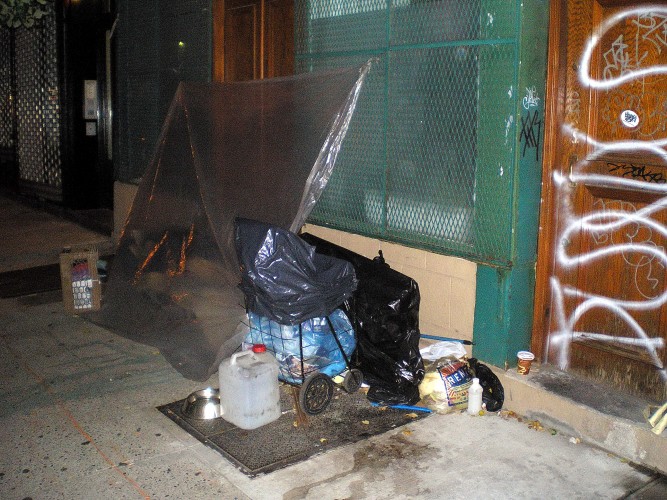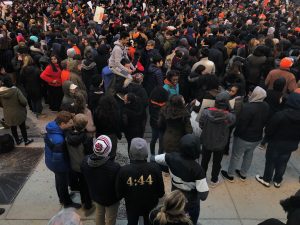The Cathedral Shelter of Chicagois expanding its housing capacity from 28 to between 56 and 70 units by 2015 to provide people suffering from chronically homelessness and substance abuse with permanent housing.
Unlike other organizations, the relapse is not grounds for eviction.
In other recovery programs such as the Stairway 2 Freedom‘s housing program, a client is asked to leave after relapsing.
“They have to leave, because it creates an unsafe environment for other clients,” said Allan Broderick, Director of the Stairway 2 Freedom program.
When a client relapses, the Cathedral Shelter talks with clients about why they should pursue sobriety. The organization pushes clients “a little harder to get in treatment and staying in treatment,” said Kevin McCullough, director of operations at the Cathedral Shelter.
The Cathedral Shelter follows provides housing despite drug abuse relapses, because it is more cost effective and beneficial to the client, McCullough said. “If you know where they live, [the client] is more likely to complete drug treatment,” McCullough said. He said they are also more likely to get their health under control, stay out of jail, eat, and keep themselves clean.
McCullough said creating more housing space is challenging because of financial and land constraints as well as government regulations. The organization has identified property and is negotiating its purchase so that new units can be built.
The organization has to seek permission to evict a client and cannot evict him or her solely because of that relapse. The U.S. Department of Housing Development subsidizes rent for the Cathedral Shelter apartments.
As a result, the organization is urged not to evict tenants because of relapsing. “If somebody is damaging property, threatening people other people, or not paying rent, then [the US Department of Housing Development is] more supportive of evicting tenants,” McCullough said.
Since 2003, Stephanie Daggs, 55, has been a resident of the Cressy House, the 28-unit permanent housing division for homeless individuals and families at the Cathedral Shelter.
She declined to specify how she became homeless, but she said she arrived at the Cressy House after completing a treatment program and being incarcerated.
She said living at the Cressy housing keeps her focused on doing positive things such as participating in support groups. The Cressy House “has given me stability,” Daggs said.
According to shelter’s annual reports from 2009, the economic recession cause an increase in homeless people seeking shelter and a decrease in federal funding and private donations.
Although persuading previous and new donors to help the Cathedral Shelter can be difficult, the organization has seen an increase in donations, McCullough said.
With the economic recession, issues of debt causing homelessness were brought to light, said McCullough. The Chicago Alliance to End Homelessness defines this as transitional homelessness, meaning individuals and families who become homeless due to housing, health care, or other financial crises.
The Chicago Alliance to End Homelessness defines chronic homelessness as individuals and families who have been homelessness for one year or more. These individuals use the shelter system for extended periods and consume more than 50 percent or more of total shelter services.
The Cathedral Shelter, however, serves chronically homeless people who suffer from mental illness, substance abuse, or both. Forty-eight percent of homeless people in Illinois suffer from chronic substance abuse; 32 percent suffer from mental illness, according to the Chicago Alliance to End Homelessness statistics.












Be First to Comment